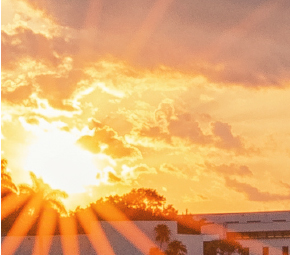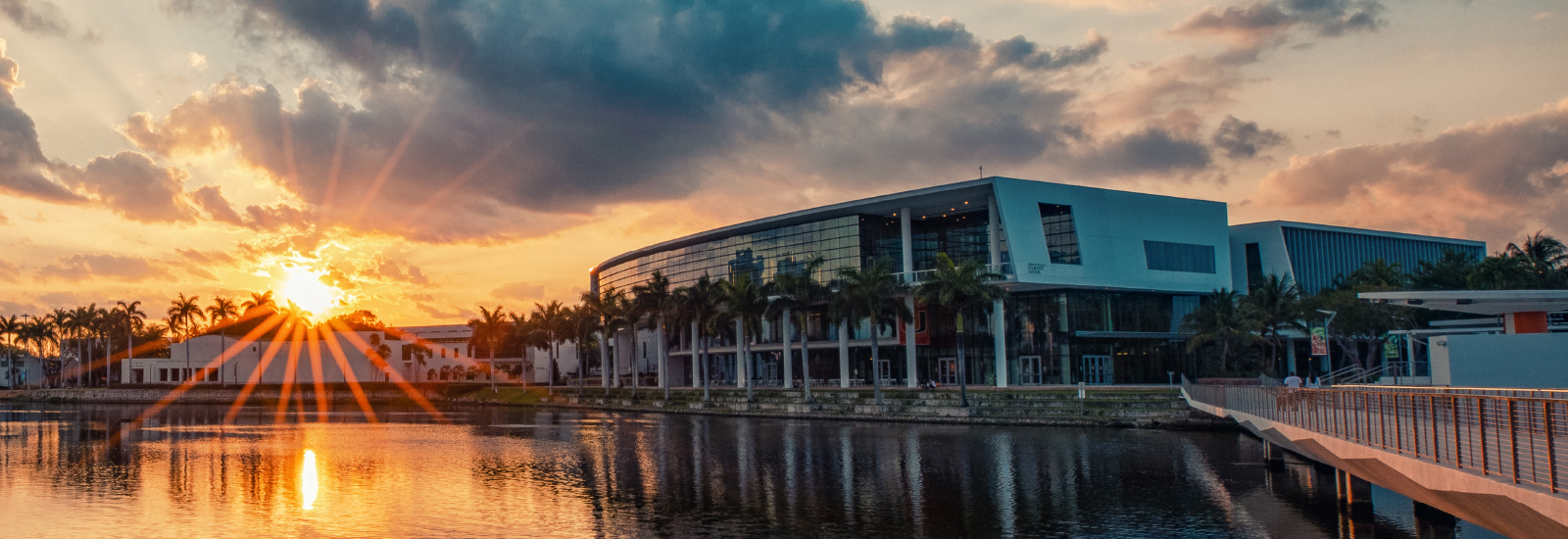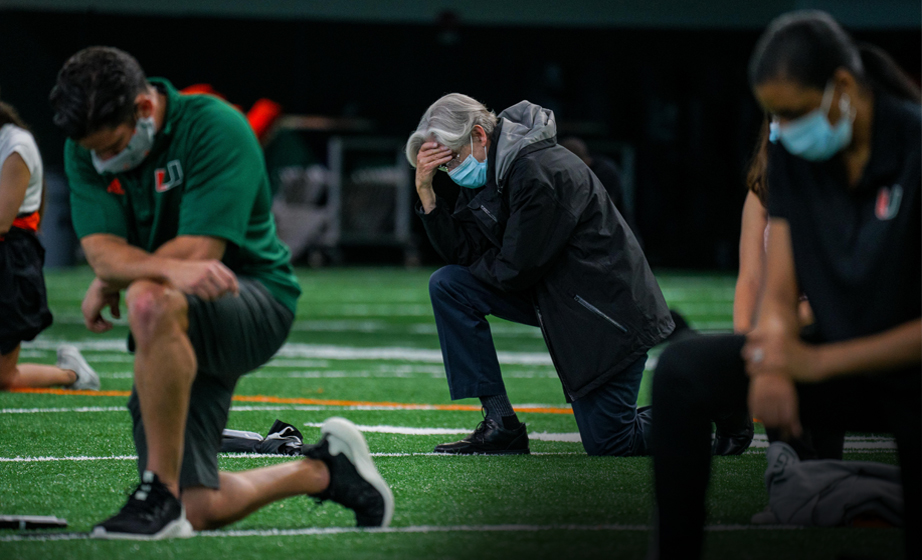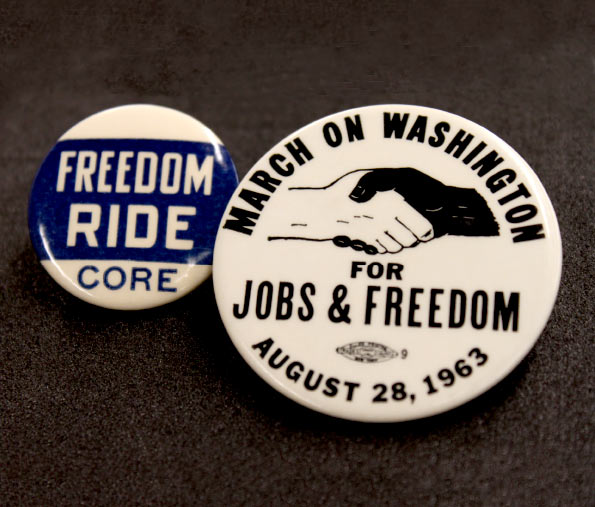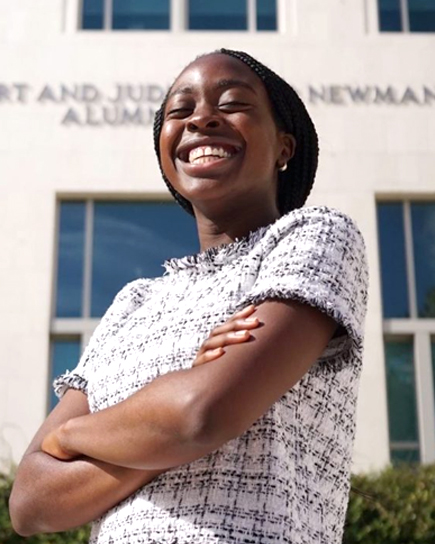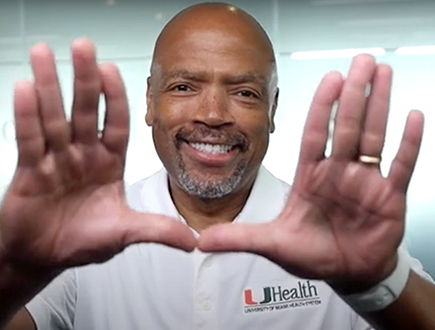TEACHING ABOUT RACIAL JUSTICE FROM THE LECTERN
Later, as the fall semester got underway with strict protocols in place to protect students and faculty from the spread of COVID-19, some researchers reshaped certain aspects of their course content in light of Floyd’s death and the Movement for Black Lives initiative.
For instance, Kate Ramsey, associate professor of history, structured her undergraduate course Modern Caribbean History “to encourage students, more than ever, to think about the legacies and afterlives of the histories we are studying and to make connections to the struggles and movements of our time,” she says. Her students wrote near-weekly reflections, and she urged them in emails “to think about how their work can be understood as a history of the present as well as the past.”
During a series of teach-ins conducted over two days in September as part of a nationwide Scholar Strike initiative, faculty members in several academic departments taught about racial justice. The effort was part of the University’s BIPOC-Social Justice Group (BIPOC stands for Black, indigenous, and people of color) in the UM AAUP-Alliance, a chapter of the national American Association of University Professors.
In lecturer Brian Breed’s English 105 courses, he and his students read aloud Brent Staples’ “Black Men and Public Spaces,” an essay that details how strangers read Staples’ blackness as a threat to them. “The experiences of our BIPOC neighbors—whether they are students or staff, faculty, or friends—must be centered if we are to truly understand the world,” says Breed, M.A. ’09, Ph.D. ’15. “I asked my students to read ‘Black Men and Public Spaces’ with me because the essay illustrates how many Black Americans are read as threats simply because they exist and because white Americans are afraid of them.
“We white Americans must stop burdening our BIPOC neighbors with the weight of our own fears, and we can only break that habit by listening to them,” Breed continues. “Then and only then can we build a better world together.”
Sumita Chatterjee, a faculty member in the Department of History and in the Gender and Sexuality Studies Program, devoted all of her classes during a two-day period to issues of race, showing her students a portion of the HBO documentary “True Justice: Bryan Stevenson’s Fight for Equality,” which detailed the work of the acclaimed public interest attorney and his Equal Justice Initiative dedicated to helping the poor, the incarcerated, and the condemned.
“We reflected on issues raised in the documentary. And students, through written and oral critical reflection exercises, not only highlighted key historical, legal, and social issues raised in the documentary, but also applied it to other problems in contemporary society both in the U.S. and globally,” Chatterjee says. “India and Brazil came up in the discussions, as did the work of Gandhi and Martin Luther King Jr.”
Osamudia James, dean’s distinguished scholar and professor of law and the newly appointed associate provost for diversity, equity, and inclusion, moderated the panel “Unequal Treatment: Racial and Ethnic Disparities in Miami-Dade Criminal Justice,” in which Nick Petersen, assistant professor of sociology, presented his research on how Blacks and Black Hispanics are more likely to be arrested, convicted, and incarcerated than their white, non-Hispanic counterparts.
As law student Graham puts it, the pursuit for racial equality “is a marathon, not a sprint. As a Black man, I’m just hopeful that something will come of it.”
